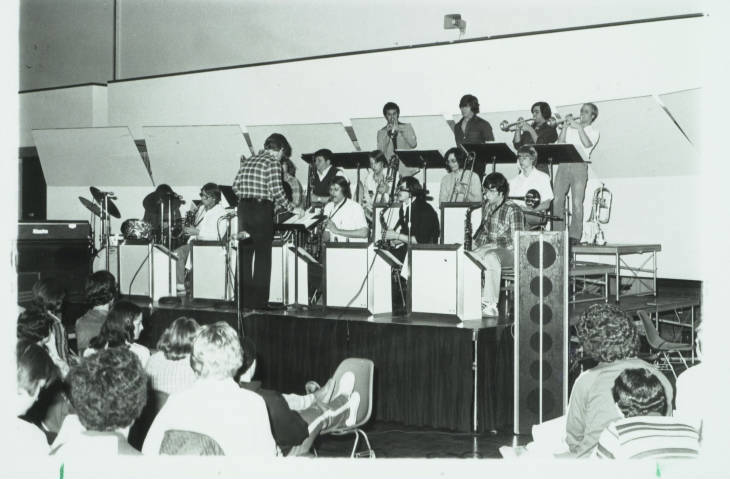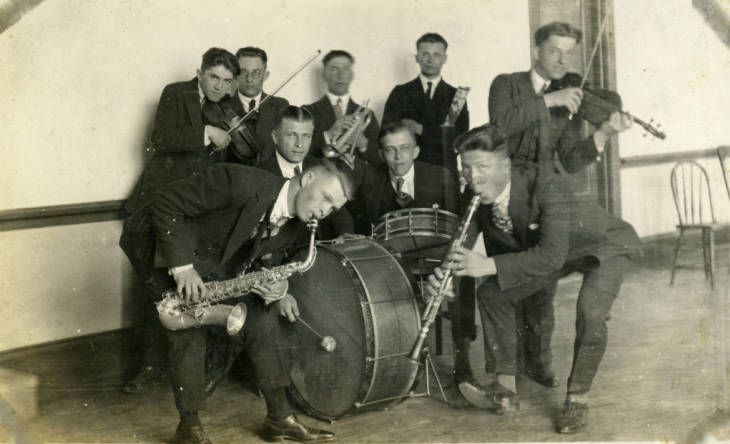Jazz is a uniquely American music genre that originated in New Orleans in the late 19th and early 20th centuries. Jazz music has roots in blues and ragtime, and has undergone many evolutions over the years, from New Orleans jazz in the 1910s, to big band swing in the 1930s and 1940s, to jazz-rock fusion in the 1960s and 1970s, to smooth jazz in the 1980s. One of the key characteristics of jazz music is improvisation, and jazz music places importance on the collaboration of the performers, with no song being played exactly the same way twice.
Jazz as a genre was pioneered by musicians like Scott Joplin, Bessie Smith, and Jelly Roll Morton. Performers like Louis Armstrong and Duke Ellington helped to solidify the sound of big band swing. The evolution of Jazz-rock fusion was led by artists such as Jimi Hendrix, Miles Davis, and Frank Zappa. Smooth jazz slowed the genre down, and featured artists such as Sade, Anita Baker, Al Jarreau, and Grover Washington, Jr.
Here at the IDHH, we recognize the month of April as Jazz Appreciation Month. To celebrate the genre, we are featuring collections from Illinois Wesleyan University, the Chicago History Museum, Knox College, Western Illinois University, and Benedictine University. These collections highlight jazz performers and performances from Illinois. Here are a few of our favorite images from the collections:





View the full IWU Historical Collection, Photographs and Prints Collection, Struggle and Progress-African Americans in Knox County, Illinois Collection, Digital Image Collection, and the John Jochman Album Collection on the IDHH.
View more items related to jazz music on the IDHH.